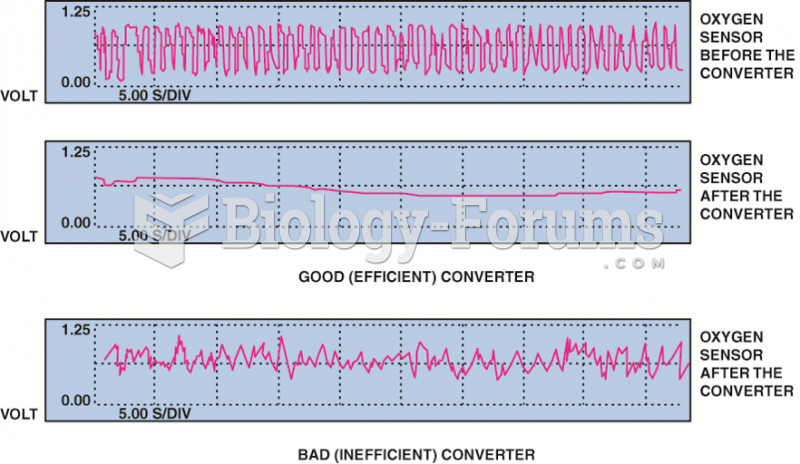|
|
|
Approximately 25% of all reported medication errors result from some kind of name confusion.
Egg cells are about the size of a grain of sand. They are formed inside of a female's ovaries before she is even born.
Intradermal injections are somewhat difficult to correctly administer because the skin layers are so thin that it is easy to accidentally punch through to the deeper subcutaneous layer.
Cancer has been around as long as humankind, but only in the second half of the twentieth century did the number of cancer cases explode.
Sildenafil (Viagra®) has two actions that may be of consequence in patients with heart disease. It can lower the blood pressure, and it can interact with nitrates. It should never be used in patients who are taking nitrates.







